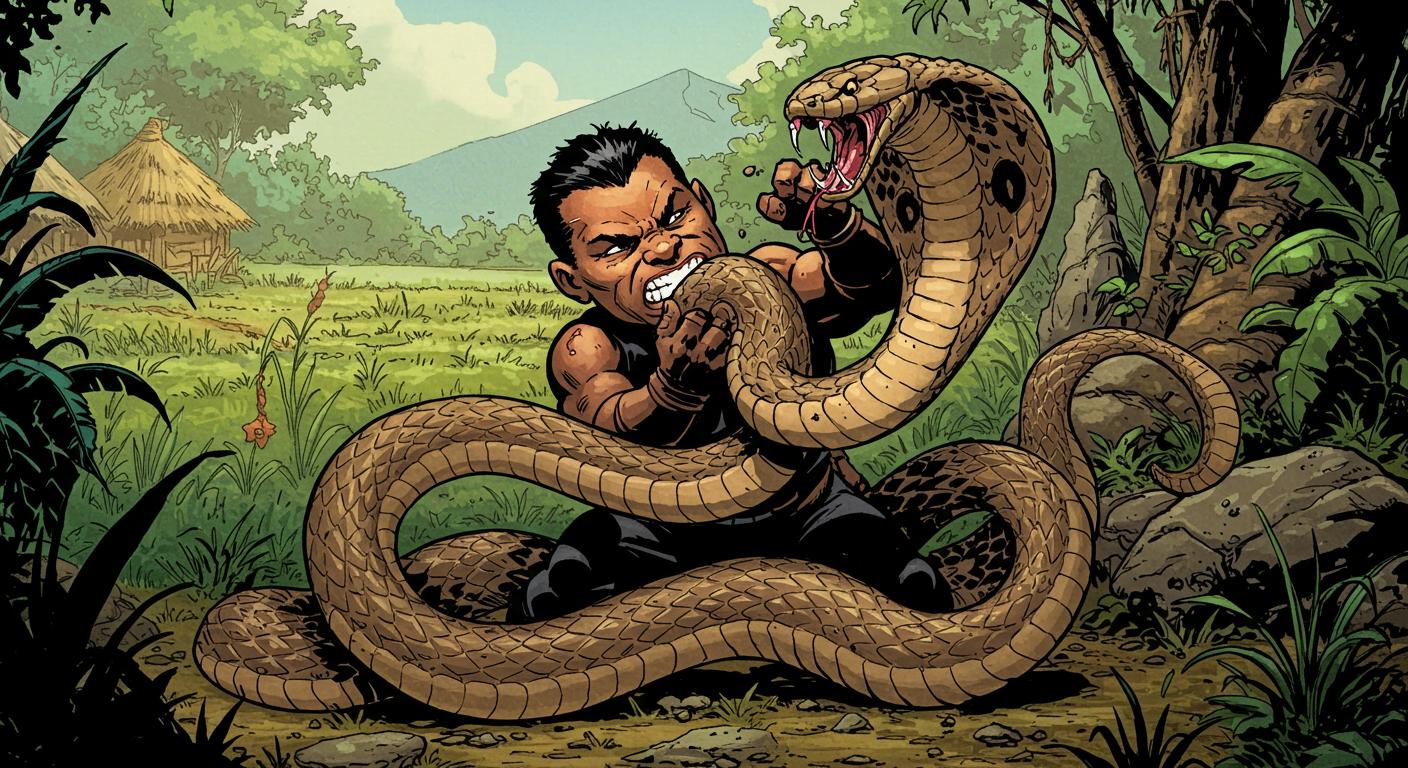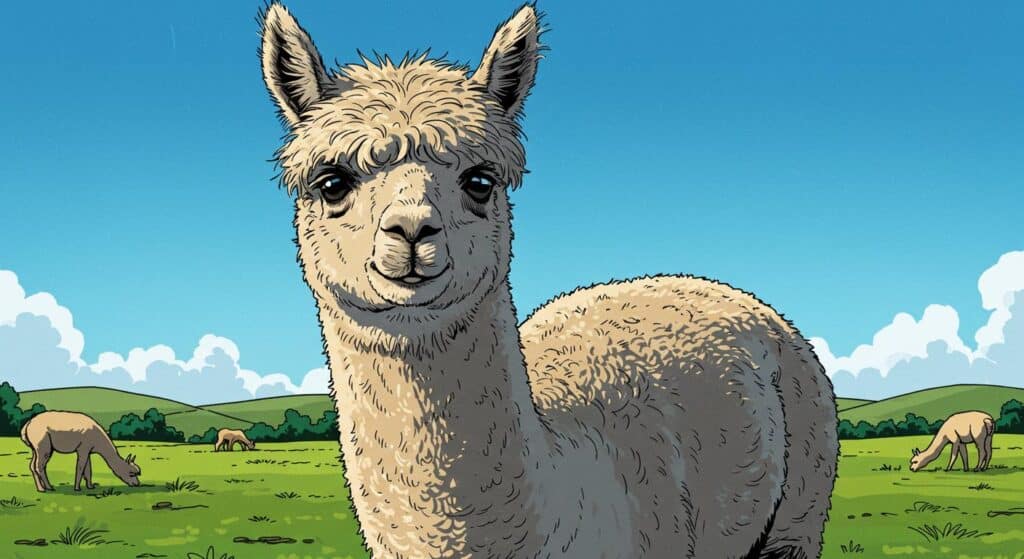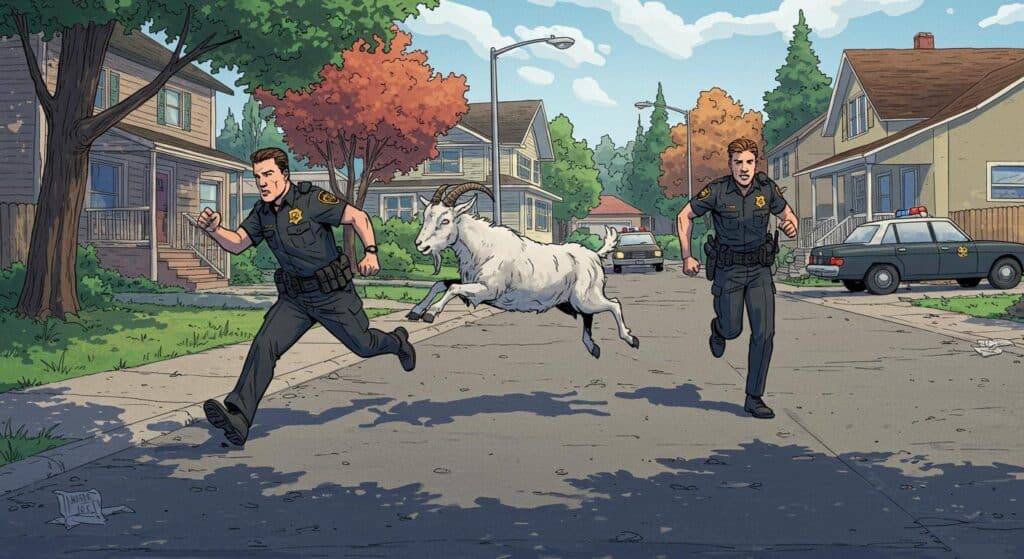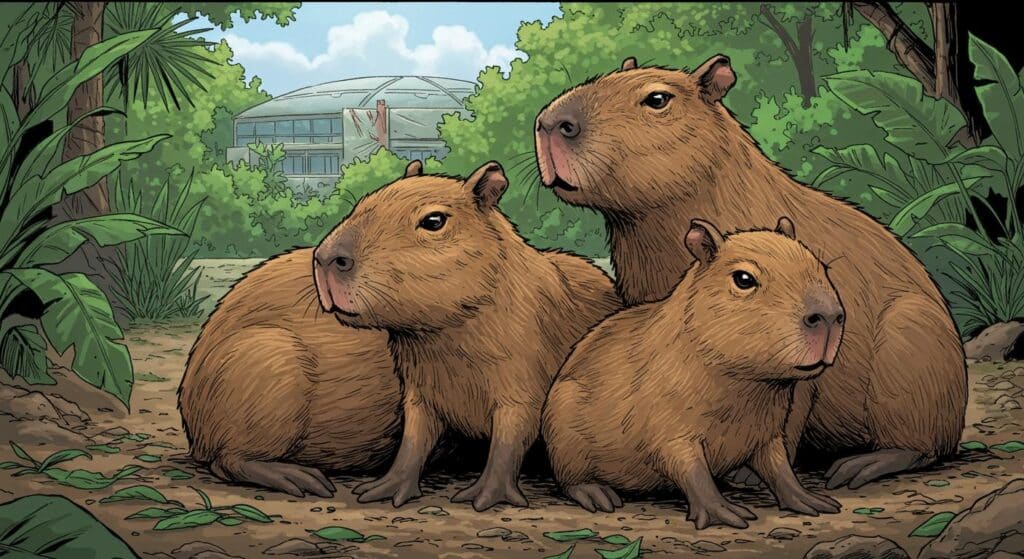Let it never be said that reality lacks for punchlines. In a story one imagines would feel right at home in a collection of Darwin Award near-misses—but with a refreshingly happy ending—reports out of Bihar, India, have left villagers, doctors, and anyone with a passing familiarity with animal behavior collectively raising their eyebrows. As Siasat.com details, a toddler named Govinda found himself quite literally face-to-face with a cobra—and did the only thing that seemed logical to him: he bit back. International outlets, including Yahoo News, also picked up the story, underscoring its sheer improbability.
The Bite Heard ‘Round the Village
To set the scene: Mohachhi Benkatwa village, a two-foot cobra, and a moment’s lapse in adult supervision. Govinda’s mother, according to his grandmother, was off collecting firewood while the young child played, apparently unsupervised—a familiar thread in rural communities where multitasking is survival, not choice. As the outlet recounts, the snake “crawled too close” for comfort, prompting young Govinda to pick it up—yes, with his bare hands—and deliver what can only be called an extreme example of turning the tables.
Not only did the toddler bite the cobra, but, local reports state, the bite was both decisive and instantly fatal to the snake. Reflex, curiosity, or some primal logic few of us could claim to understand? The villagers reportedly remain stunned, which feels like an understatement.
Between Peril and Play
Of course, biology would suggest that picking up highly venomous snakes with your bare hands is not behavior conducive to lengthy life. Indeed, as Siasat.com relates, Govinda quickly fell unconscious after his fanged foray and his condition started to deteriorate. Family members rushed him to a local health center and, subsequently, to the government medical college hospital in Bettiah.
And here—because this is apparently a story determined to defy all expectations—hospital staff, including Deputy Superintendent Dr. Diswakant Mishra, told the press that Govinda displayed no signs of envenomation. He has since stabilized and remains under observation. The logic-defying luck of children—or are there perhaps subtler factors at play here? As the outlet notes, nothing in the available statements indicates that the child was ever bitten back by the snake, which might partly explain his improbable survival.
Folk Hero or Precautionary Tale?
One can only speculate about Govinda’s current standing among his peers. Folk hero? Local cautionary tale? The villagers’ reaction, as described in the coverage, leans toward awe. In a world where much of the news cycle is spent parsing the grim and the tragic, there’s a certain delight in stumbling across an event so surreal—and yet so oddly uplifting—that it borders on the mythological. Was this act one of bravery, ignorance, or something more elemental, hardwired into our species long before we learned to fear the hiss in the grass?
It’s tempting, of course, to make light—children and wild animals are a classic combination for both mischief and heart-pounding parental anxiety. Yet, there’s also a word of warning here: the margins between curiosity and calamity remain razor-thin. The apparent absence of venom symptoms in Govinda’s case likely owes as much to luck or misaligned fangs as anything else. Little comfort, perhaps, to his poor mother, tasked only with gathering firewood and coming home to a story no one in the village—or the hospital—will likely forget.
Absurdity, Wonder, and the Unexpected
Absurdity, as always, is in abundant supply. Children have a near-supernatural flair for the unexpected, and snakes are, if nothing else, models of evolutionary efficiency. Introduce the two, and sometimes you get a tale that feels ripped from the pages of magical realism—only, as the reporting highlights, it played out in real life, with an outcome no one would have reasonably predicted.
So the next time someone tries to explain cause and effect, or the laws of nature, or simply suggests that cobras constitute the apex of local predatory drama, you might do well to remember Govinda: quietly redefining self-defense, one bite at a time. How many other such stories, one wonders, never quite make it out of the village and into the headlines?
Perhaps the strangest truths, as ever, are the ones hardest to believe.







